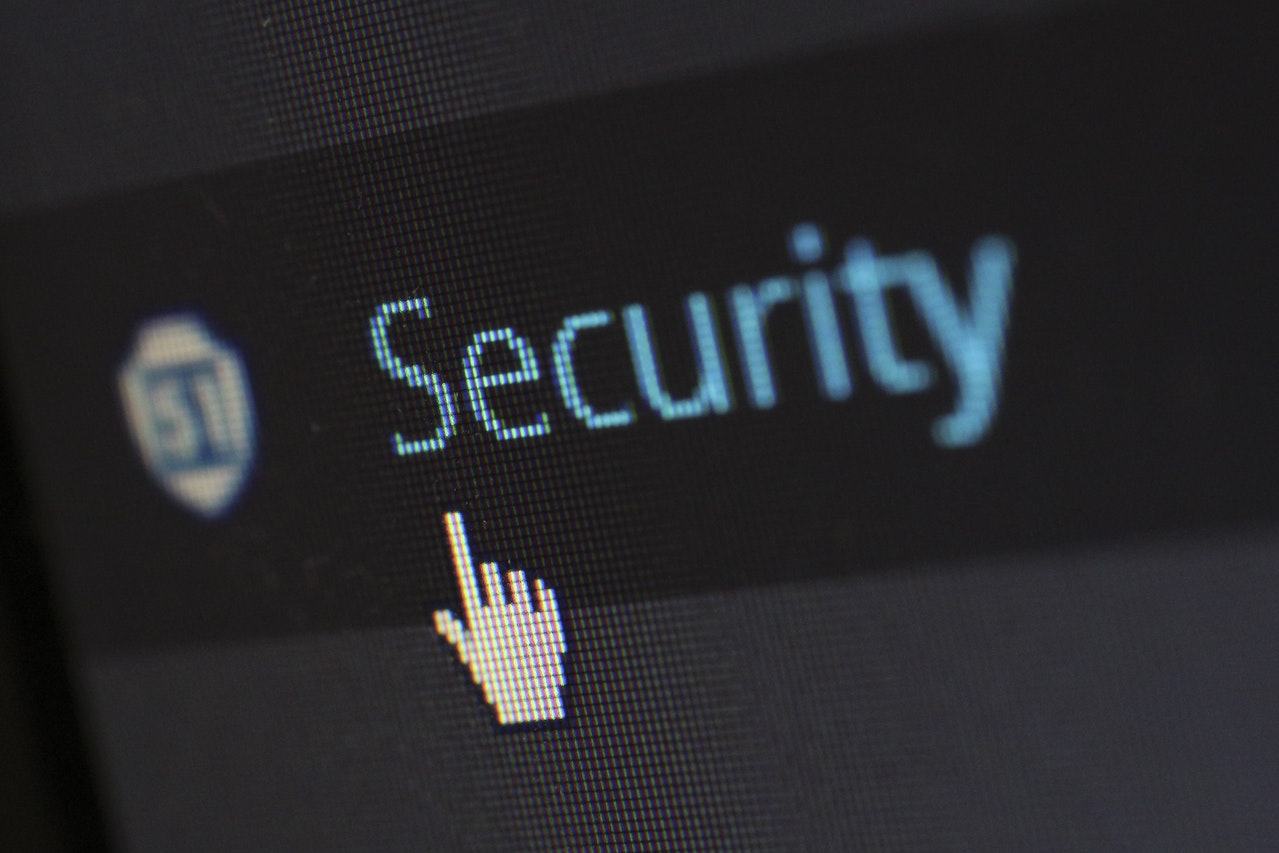Your best chance of surviving an assault and avoiding a cybersecurity disaster is to have a proactive security plan in place.
Cybersecurity experts say that we were witnessing a crime wave even before the epidemic. The pandemic drove corporations to modify their business operations practically overnight. In addition, the spread of remote work, which was and is disbursing personnel as well as networks, has been increasing steadily. On top of that, there has been a rise in cyber-attacks. Therefore, you will want to avoid a cybersecurity disaster where an attack begins to bring down your entire business.
Avoid Cybersecurity Disasters By Taking These 7 Steps
The sooner you improve your cybersecurity, the better off you’ll be in the event of an attack. Here’s how you can start:
1. Create an Incident Response Plan.
Your staff are your first line of defense. Therefore, provide them with a toolkit of training and knowledge. Cyberattacks are frequently the result of a user clicking on a malicious link. Therefore, each employee can receive training to recognize the characteristics of such links.
It is vital that every organization’s personnel receive education and learn to be vigilant. It is vital to have training in noticing when something is suspect. If they can recognize suspicious links before clicking them, they will not be preventing harmful malware from entering the network.
2. Install cybersecurity software updates.
The next generation of firewall services, content filtering, antivirus protection, endpoint protection, and so on are crucial to any successful cybersecurity defense. Bad actors around the world are becoming smarter all the time. Therefore, you must ensure that your technology is smarter than theirs.
In addition, you want your antivirus software to be able to detect malicious code. Further, it must be able to either disable the program to which it is connected or remove it from the network. Additionally, you want the endpoint protection that your organization has on all of its workstations to be able to catch that dangerous malware if it does get over the network.
3. Make a backup of important data and keep it safe.
A backup is the best defense against a cyberattack. Therefore, suppose a company’s technology fails to prevent malware or ransomware assaults. The first thing to ask is, “Do you have a backup of your vital data?” Unfortunately, the number of those who do not is worrisome. This is the most crucial instrument in a security incident response. Therefore, make sure that you have safe data from which to restore.
4. Keep track of your key software in a repository.
This isn’t a technical problem; it’s an administrative one with far-reaching implications for your technology. Additionally, it impacts your whole business. As a result, it’s critical to keep track of your services, software, and third-party contracts.
These aren’t always thought of as security issues. However, if you’re facing the kinds of attacks we’re seeing now, it may cost you more than you think. For instance, if you have a ransomware attack that encrypts your data files, you’ll have to pay unless you can restore that data yourself. You can, therefore, avoid this cybersecurity disaster if you have a secure software library.
5. Make a note of your installation keys and keep them safe.
You have a license that includes an installation key when you purchase the program that runs on your network and machines. Therefore, you have to punch in that key to activate the code in order to execute the software or application.
However, a real cybersecurity disaster will be upon you if you don’t have that key throughout the recovery phase after a hack. You might find yourself on the phone with a dozen engineers, each of whom is looking for a license key. So now you’re paying $1,000 per hour to figure out how to get your technology running again so you can get back to work.
6. Make a plan now to avoid unnecessary stress.
If you’re lucky, you may only experience a crippling cybersecurity disaster once in your life. Your people may be intelligent, but they probably have little training in incident response. Therefore, they are often upset, afraid. or enraged when a cybersecurity event occurs since their business has been threatened.
Therefore, it’s a tense situation in which people have to make judgments under duress. Suppose the business is hit by ransomware and someone is demanding $1.2 million, and the boss says, “I need to get back in business.” Too often, the person in charge of security would try to solve the problem on their own for hours or perhaps even for days. It is far better to have a strategy in place so that none of this happens.
7. Consult an attorney in the event of a cybersecurity disaster.
You may have fiduciary responsibilities to tell clients depending on where you do business. In addition, there may be other issues. This will depend on the kind of information that was under attack during a security event.
Further, you may be subject to a number of legal responsibilities. This may be the case if you are the custodian of their data and there is a risk of a leak in that data.
Image credit: Pixabay









